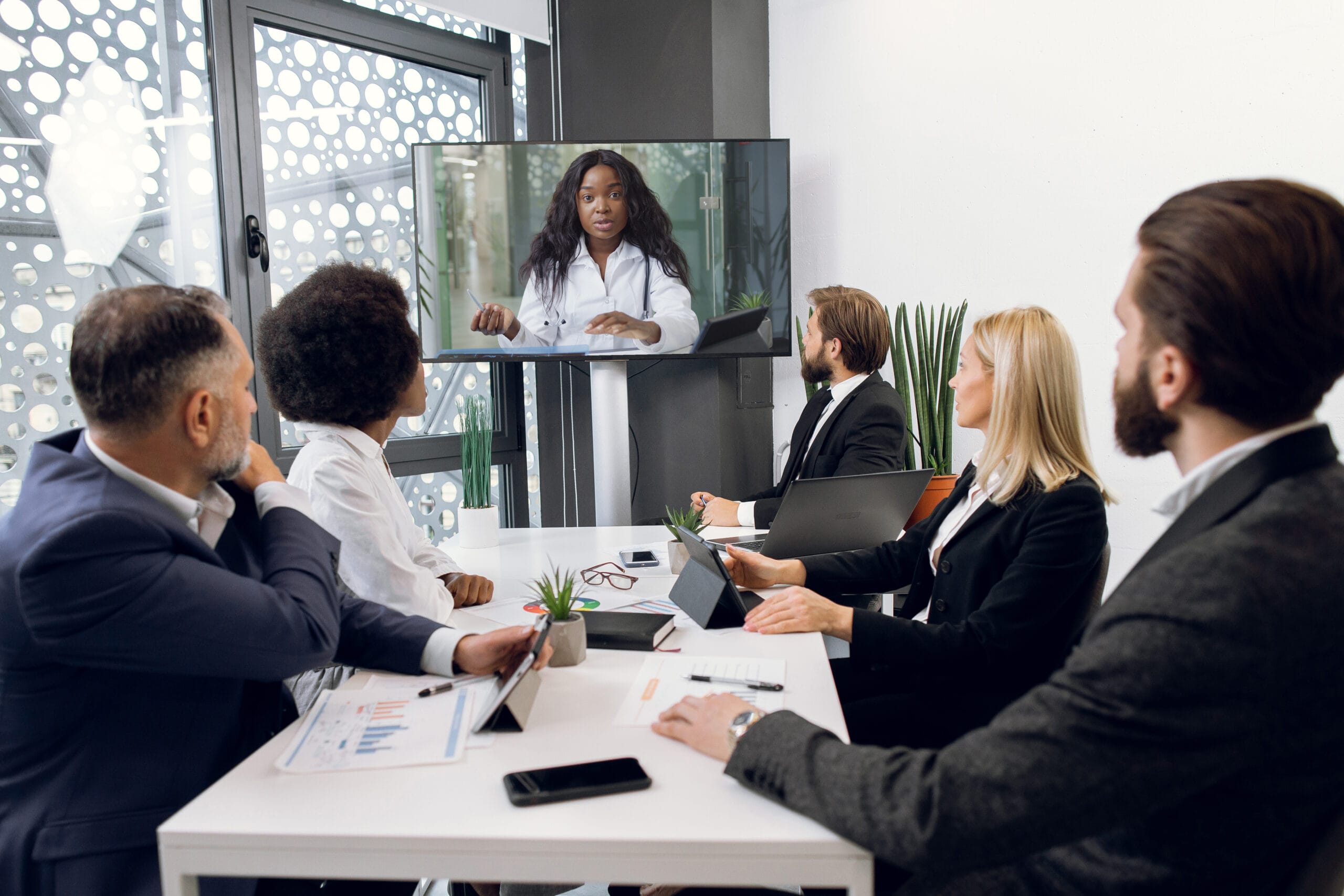Trial Presentation Specialized Services for Visual Storytelling in Legal Cases
Trial Presentation Specialized Services for Visual Storytelling in Legal Cases
Blog Article
Mesmerize the Court: Crucial Elements of a Powerful Trial Discussion
In the world of legal campaigning for, the capacity to mesmerize a court is vital to the end result of a test (trial presentation). Crucial components such as comprehending the audience, crafting a compelling narrative, and mastering verbal and non-verbal interaction are critical components of an effective presentation. The calculated use of visual aids can considerably boost understanding and retention of essential debates. As these variables link, they develop a cohesive technique that not only informs but also engages jurors on numerous levels. What specific techniques can truly transform a basic presentation right into a memorable experience for the court?

Comprehending Your Target Market
Understanding your audience is a critical element of effective test discussion. An effective discussion rests on the capability to comprehend the demographics, worths, and tendencies of jurors. This understanding informs exactly how arguments are mounted, proof is offered, and sob stories are crafted, making sure that the message resonates with the jurors on a personal level.
Research shows that jurors originated from diverse histories and may have differing levels of understanding regarding legal proceedings (trial presentation). Thus, it is important to prevent legal jargon that can estrange or puzzle them. Instead, using clear, relatable language fosters engagement and understanding. In addition, understanding the jurors' possible prejudices and life experiences enables the trial speaker to prepare for arguments and address concerns proactively.
Reliable test discussion also involves observing jurors' reactions throughout the procedures. Engaging with jurors as people rather than a cumulative system is crucial in fostering a strong connection in the court room.

Crafting an Engaging Narrative
Crafting an engaging narrative is vital in leading jurors through the complexities of an instance. A well-structured narrative not just streamlines elaborate lawful concepts however likewise involves jurors on a psychological level, making the details much more relatable and unforgettable.
To accomplish this, lawyers must begin by determining the core message they wish to convey. This message should reverberate with the jurors' values and experiences, promoting a link that transcends simple truths. The narrative should unfold realistically, providing occasions in a clear series to avoid confusion. This chronological approach can assist jurors adhere to the development of events, stressing domino effect.
Including human elements-- such as personal tales or stories-- can better enhance the story's effect. These aspects stimulate empathy, enabling jurors to visualize the effects of the case on the real worlds. In addition, utilizing a regular motif throughout the presentation enhances the main argument, making it less complicated for jurors to preserve important points.
Inevitably, an engaging narrative changes a test presentation from a plain address of facts right into a persuasive story that mesmerizes the court, urging them to mull over with both reason and feeling.
Utilizing Visual Aids
Incorporating aesthetic help right into a test presentation can considerably boost jurors' understanding and retention of details. Visual products such as graphes, representations, photos, and videos can transform intricate legal principles and proof right into easily absorbable layouts. By involving several detects, these help enable jurors to imagine the instance's key components, making it less complicated for them to comply with along and grasp detailed details.
Moreover, properly designed aesthetic help can stress crucial points and highlight relationships between different items Website of evidence. Timelines can efficiently illustrate the series of events, while annotated images can make clear specific details appropriate to the instance. This not just aids in understanding but likewise reinforces the story presented by the lawyer.
Overly intricate or messy visuals might overwhelm jurors and detract from the message. Ultimately, effective visual communication can be a powerful device in convincing jurors and helping them reach informed conclusions.
Mastering Verbal Interaction
Efficient spoken interaction is essential in a test presentation, as it offers as the primary methods through which lawyers communicate their arguments and attach with jurors. Simplicity in language cultivates understanding and assists jurors understand complicated issues offered during the trial.
Furthermore, tone and pacing significantly impact exactly how Bonuses messages are gotten. A certain tone shares authority, while ideal pacing permits jurors to soak up details without really feeling bewildered. Lawyers should additionally vary their singing inflections to highlight bottom lines and keep jurors' passion throughout the presentation.
Additionally, the organization of verbal disagreements is essential. Structuring the narrative logically and coherently assists jurors comply with the attorney's logic, making it easier for them to keep critical information. Making use of influential methods, such as narration, can also enhance the psychological resonance of the debates presented, thereby producing a more profound connection with jurors.
Inevitably, mastering spoken interaction not just strengthens a lawyer's case but additionally fosters trust fund and connection with the jury, significantly enhancing the opportunities of a favorable decision.

Engaging With Body Movement
Nonverbal interaction plays an essential role in test discussions, frequently conveying messages that words alone can not express. Body language, encompassing gestures, posture, facial expressions, and eye contact, significantly affects how jurors regard the integrity and genuineness of the speaker. A positive stance, with shoulders back and an open posture, can infuse trust, while closed-off body movement may suggest defensiveness or uncertainty.

Facial expressions should reflect the emotions connected with the situation, reinforcing the narrative existing. A genuine expression during an emotional minute can evoke compassion and strengthen the psychological charm. Eventually, understanding body movement is vital for efficient trial presentations, as it improves spoken communication and establishes a compelling presence that reverberates with the court.
Final Thought
To conclude, astounding the jury demands a read what he said tactical strategy that incorporates understanding the target market, crafting a compelling story, utilizing visual help, mastering spoken communication, and engaging via body language. Each aspect plays an important role in creating a powerful trial presentation that reverberates with jurors on both psychological and intellectual levels (trial presentation). By incorporating these parts successfully, lawyers can dramatically boost their ability to convince and affect court decision-making
Report this page